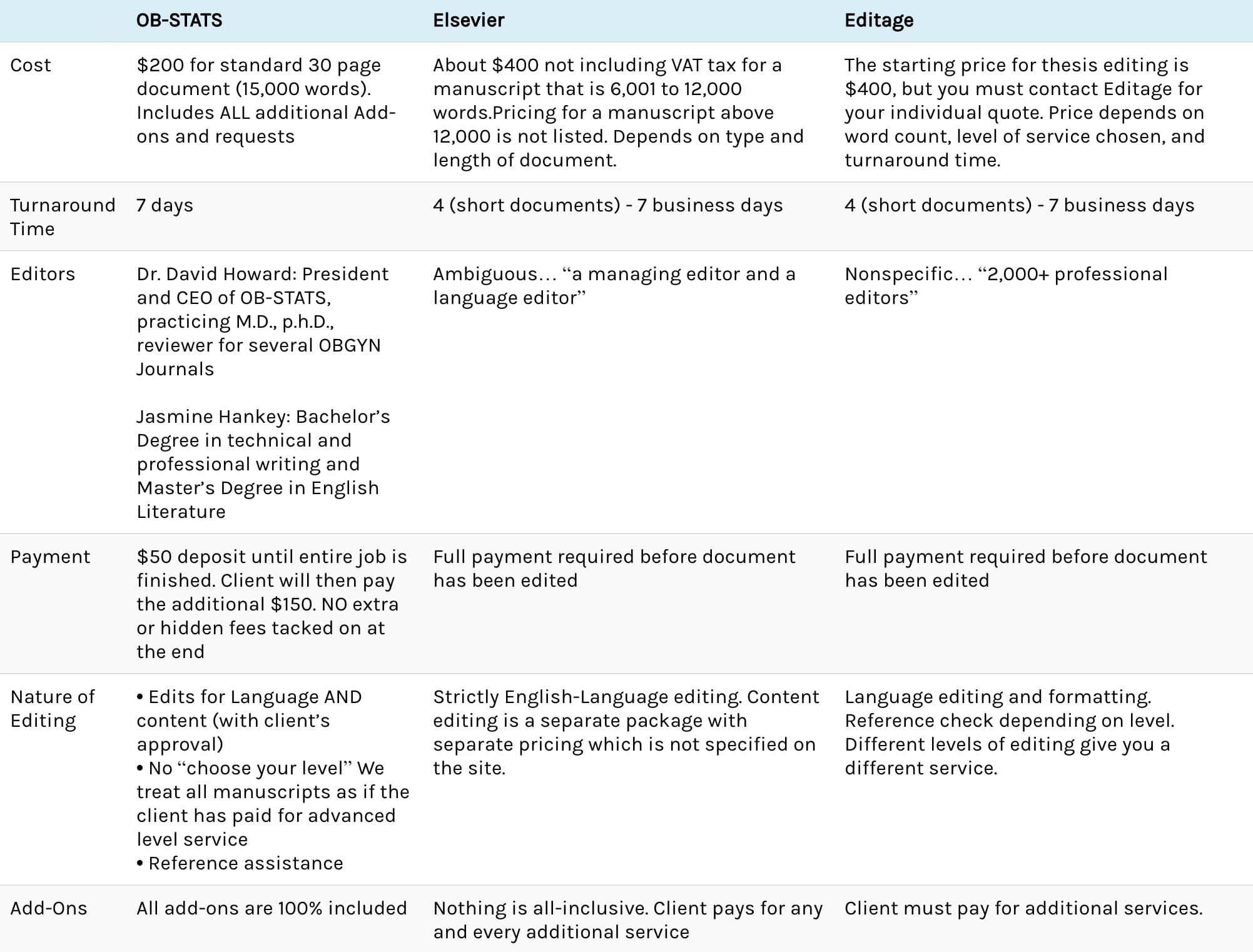Choosing an appropriate statistical model for your study is extremely important for understanding and using your data. When it comes time to analyze my data, I look back to my study design to help me determine the statistical analysis method I will use (I have also thought about what method to use when I designed my study, but it does not hurt to review your earlier decisions at this step). This blog post will look at several common types of statistical models.
Measures of Effect
There are four types of measures of effect that are important to know: absolute risk, attributable risk, population risk, and relative risk. I will briefly discuss each type and the formula used to calculate it.
- Absolute Risk—Absolute risk is the risk of developing a disease over a time period and the odds of that happening over a stated time period. The formula for absolute risk is people who have a medical event multiplied by 100, all divided by all the people who could have the event.
- Attributable Risk—Attributable risk is the comparison of incidence of disease in the exposed and unexposed groups that shows the “excess” incidence due to exposure. The formula for attributable risk is the incidence in the exposed population, minus the incidence in the unexposed population.
- Population Risk—Population risk is the proportion of individuals in the general population who are affected with a particular disease. The formula for population risk is the total population affected with a disease.
- Relative Risk—Relative risk is the probability, or risk, of developing the disease in the exposed group, compared to the probability of developing the disease in the unexposed group. Note that, if the population at risk decreases only marginally in both the exposed and unexposed groups, then the incident rate ratio approximates the relative risk. The formula for relative risk is the incidence in the exposed population divided by the incidence in the unexposed population. Because relative risk is also a measure of association, it is discussed at length in the following section.
Measures of Association
There are two main measures of association that researchers will encounter in the majority of research studies they read or conduct: relative risk and the odds ratio.
- Relative Risk—To understand relative risk, one must first understand incidence, or absolute risk. Absolute risk refers to the incidence of a disease in the population, while relative risk refers to the ratio of risk in the exposed population divided by the risk in the non-exposed population.
Relative risk can only be calculated in the context of study designs that allow the calculation of incidence (Remember: Incidence refers to the number of new cases of a disease in a given time period divided by the population at risk for that disease at the start of that time period).
Incidence can be determined from cohort studies and randomized clinical trials, but it cannot be determined from case control studies. Therefore, relative risk can only be determined from cohort studies and randomized clinical trials.
Incidence cannot be calculated from a case control study design because, in a case control study, the researcher does not start with a population of disease-free individuals at baseline. Instead, the researcher starts with people who already have the disease, called “cases.” For each case, the researcher selects one or more controls and looks at the ratio of the incidence of the disease in the exposed population divided by the incidence of the disease in the non-exposed population.
There are three possibilities for relative risk:
1. If the relative risk equals 1, then the risk of disease in the exposed population is equal to the risk of the disease in the non-exposed population. There is no association between the exposure and the disease.
2. If the relative risk is greater than 1, then the risk in the exposed population is greater than the risk in the non-exposed population. There is a positive association that may be causal.
3. If the relative risk is less than 1, then the risk of the disease in the exposed population is less than the risk in the non-exposed population. There is a negative association in the exposure, and it is possibly protective.
- Odds Ratio—The concept of the odds ratio is dependent on the concept of odds, which is defined as the ratio of the probability of a disease, divided by 1 minus the probability of that disease. The odds ratio, then, refers to the odds that an exposed person develops a disease, divided by the odds that a non-exposed person develops a disease. The odds ratio can be calculated from both cohort studies and case control studies and is interpreted in the same manner as relative risk.
Take The OB-STATS Course
If you’re interested in learning more about statistical analysis, OB-STATS can help. Click below to take the course “How To Do A Research Project.”
